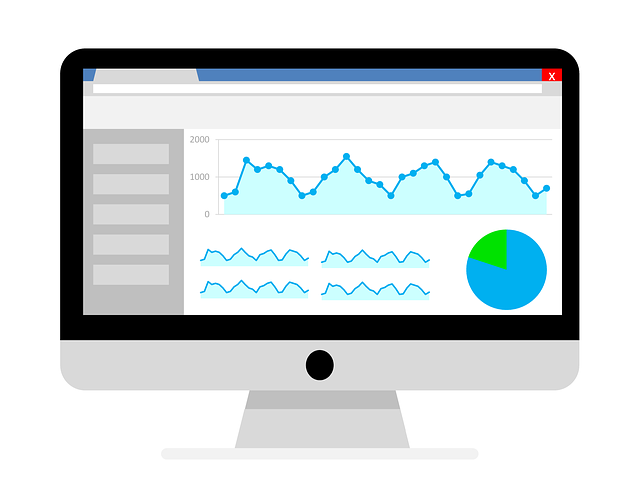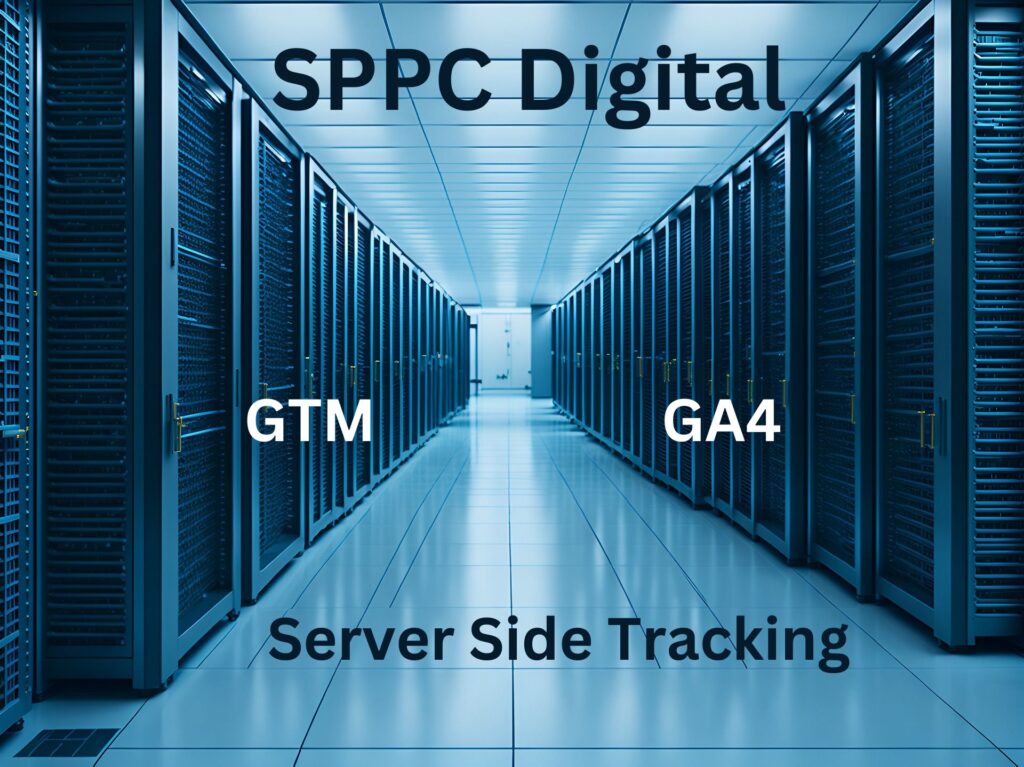
Introduction:
In the ever-evolving landscape of digital marketing and web analytics, staying ahead of the curve is crucial. One of the most significant advancements in this field is server-side tracking, a powerful alternative to traditional client-side tracking methods. In this blog post, we’ll explore why server-side tracking is a game changer and why you need it for your analytics strategy.
Accuracy You Can Bank On:
Imagine having analytics data you can trust implicitly. That’s precisely what server-side tracking offers. Unlike client-side tracking, which relies on data collected in the user’s browser—a space susceptible to ad-blockers, privacy settings, and other variables—server-side tracking collects data directly on the server. This reduces the margin for error and ensures data accuracy you can bank on.
Privacy Compliance:
In today’s digital world, user privacy is paramount. Regulations like GDPR and CCPA require businesses to handle user data responsibly. Server-side tracking puts you in control, allowing you to collect data in a privacy-compliant manner. You can decide what data to collect, how to store it, and for how long, reducing the risk of privacy breaches and regulatory non-compliance.
Speed Matters:
Slow-loading websites can drive users away. Client-side tracking scripts can sometimes impact page load times, resulting in a less-than-ideal user experience. Server-side tracking comes to the rescue by offloading some tracking processes to the server, resulting in faster page load times and happier users.
Cross-Device and Cross-Browser Tracking:
Users today switch between devices and browsers seamlessly. Server-side tracking allows you to connect the dots effectively. It creates a unified user profile, regardless of whether your audience is using a smartphone, tablet, desktop, or various browsers. This means you get a comprehensive view of user behavior across platforms.
Security First:
Security breaches can be disastrous. With server-side tracking, you gain greater control over data access and storage. This reduces the risk of malicious actors manipulating or accessing your data through browser-based vulnerabilities—a concern with client-side tracking.
Scalability:
For websites and applications with high traffic volumes, scalability is essential. Server-side tracking can handle a significant number of tracking requests without overloading the user’s browser. It’s a scalable solution for large enterprises and high-traffic websites.
Say Goodbye to Data Leakage:
Client-side tracking often involves third-party scripts and cookies, which can lead to data leakage. Server-side tracking reduces reliance on these third-party elements, mitigating the risk of data being shared with multiple parties without consent.
Unleash Customization and Flexibility:
Server-side tracking offers unparalleled customization and flexibility. You can tailor the tracking process to your specific needs, tracking custom events, and applying data transformations with ease.
Adaptive Tracking:
The digital landscape is ever-changing, with browsers introducing new features and regulations evolving. Server-side tracking allows for agile adaptation. If a new browser feature or regulation affects client-side tracking, server-side tracking can be adjusted at the server level, ensuring uninterrupted data collection.
Reducing JavaScript Dependency:
JavaScript is often required for client-side tracking, but not all websites or applications can fully utilize it. Server-side tracking reduces the reliance on JavaScript, making it accessible to a broader range of platforms.
Conclusion:
In conclusion, server-side tracking is a game changer in the world of web analytics. Its accuracy, privacy compliance, speed, and adaptability make it a must-have for businesses and website owners who want to stay ahead in the data-driven game. It’s not just about collecting data; it’s about collecting the right data in the right way. Server-side tracking empowers you to do just that. Embrace it, and unlock the true potential of your analytics strategy.

FAQ for Server-Side Tracking
What is Server-Side Tracking and how does it differ from Client-Side Tracking?
Server-side tracking involves processing and recording user interactions on the server rather than the client’s browser. It differs from Client-Side Tracking where tracking occurs on the user’s device. Understanding the distinction is crucial for implementing effective analytics and ensuring data accuracy.
What are the advantages of using Server-Side Tracking?
Explore the benefits of Server-Side Tracking, such as improved data accuracy, better security, and reduced reliance on client-side scripts. Understand how server-side tracking can address issues like ad blockers, privacy concerns, and data integrity problems associated with client-side tracking.
How does Server-Side Tracking impact website performance and user experience?
Assess the impact of Server-Side Tracking on website performance and user experience. Consider factors such as reduced client-side processing, faster page loading times, and potential challenges like increased server load. Find a balance that ensures efficient tracking without compromising the overall user experience.
What security measures should be taken with Server-Side Tracking implementations?
Discuss the security considerations when implementing Server-Side Tracking. Explore topics like data encryption, access controls, and ways to prevent unauthorized access to sensitive information. Understanding and implementing robust security measures are essential to protect user data and maintain trust.
How can Server-Side Tracking be integrated with existing analytics tools and platforms?
Investigate the compatibility and integration options of Server-Side Tracking with popular analytics tools and platforms. Learn about the necessary configurations, APIs, and plugins required to seamlessly incorporate server-side data into existing analytics infrastructure. Ensure that the integration process aligns with business goals and reporting requirements.




